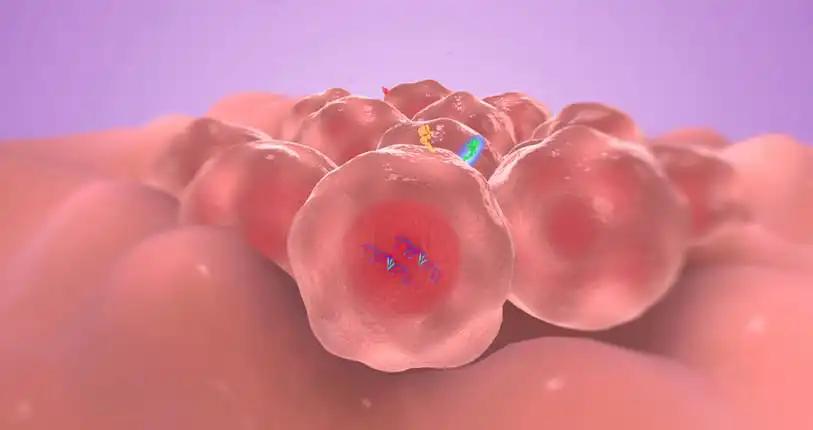KEY TAKEAWAYS
- The study aimed to develop a non-invasive prediction model for axillary lymph node status in patients with BC.
- Researchers observed the development of a non-invasive ML-based prediction model for clinically predicting ALN metastasis, helping in treatment selection.
The most common route of breast cancer (BC) metastasis is through the mammary lymphatic network. An accurate assessment of the axillary lymph node (ALN) burden before surgery can avoid unnecessary axillary surgery, consequently preventing surgical complications.
Ranze Cai and the team aimed to develop a non-invasive prediction model incorporating breast-specific gamma image (BSGI) features and ultrasonographic parameters to assess ALN status.
They conducted an inclusive analysis, creating cohorts of patients with BC who underwent surgery between 2012 and 2021. The training set included 1104 ultrasound images and 940 BSGI images from 235 patients, while the test set included 568 ultrasound images and 296 BSGI images from 99 patients.
About 6 machine learning (ML) methods, along with recursive feature elimination, were employed to train a robust prediction model in the training set. Subsequently, an online calculator was developed based on the best-performing model, facilitating easy access for clinicians to make linear predictions in patients. Model performance was assessed using receiver operating characteristic (ROC) and calibration curve analysis, validating its clinical effectiveness.
They assessed six ultrasonographic parameters (transverse diameter of tumour, longitudinal diameter of tumour, lymphatic echogenicity, transverse diameter of lymph nodes, longitudinal diameter of lymph nodes, lymphatic color Doppler flow imaging grade) and 1 BSGI feature based on the best-performing model. In the test set, the support vector machines’ model demonstrated the best predictive ability (AUC = 0.794, sensitivity = 0.641, specificity = 0.8, PPV = 0.676, NPV = 0.774, and accuracy = 0.737).
An online calculator was established for clinicians to predict patients’ risk of ALN metastasis (https://wuqian.shinyapps.io/shinybsgi/ ). The ROC result indicated that the model could benefit from incorporating the BSGI feature.
The study concluded with the development of a non-invasive prediction model, integrating variables through ML methods, aimed at clinically predicting ALN metastasis and aiding in the selection of appropriate treatment options.
The study was funded by the Foundation of Zhongshan Hospital (Xiamen), Fudan University, and the Natural Science Foundation of Xiamen City.
Source: https://pubmed.ncbi.nlm.nih.gov/38802938/
Cai R, Deng L, Zhang H, et al. (2024). “A non-invasive preoperative prediction model for predicting axillary lymph node metastasis in breast cancer based on a machine learning approach: combining ultrasonographic parameters and breast gamma specific imaging features.” Radiat Oncol. 2024 May 27;19(1):63. doi: 10.1186/s13014-024-02453-2. PMID: 38802938; PMCID: PMC11131273.



